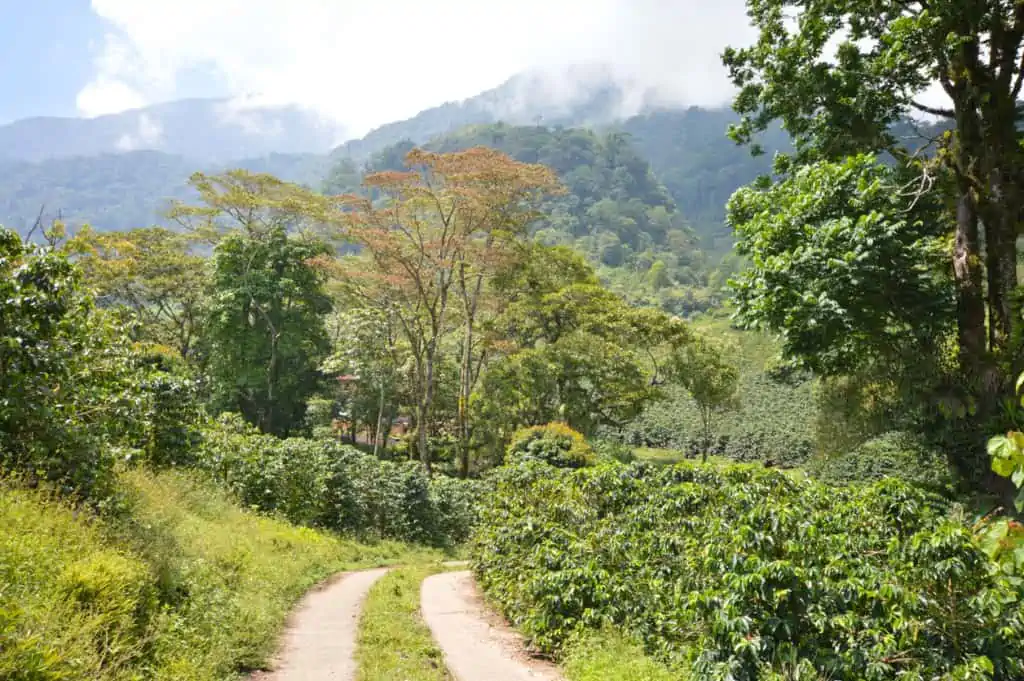
Road leading to coffee farms in the highlands of western Honduras near Santa Barbara National Park.
For decades, the classic washed or wet-processed coffees of Central America and Mexico have constituted one of the world’s great go-to coffee types. Usually clean-tasting, usually sweetly-tart, with a shifting array of fruit notes – always stone fruit, typically some citrus and flowers, always notes ranging from nut and caramel to full-on dark chocolate depending on the coffee and roast. And most likely some aromatic wood, from the sweet-pungent odor of fresh-cut cedar to scorchy pine in darker roasts. The details might differ by farm or origin — Panama was particularly known for clean, soft versions of the type, Costa Rica for equally clean but brighter, more forceful versions, Guatemala for more depth and intrigue, not always so clean, perhaps, but with unexpected sensory surprises arising from less predictable coffee varieties and local variations in processing methods. El Salvador: owing to the widespread cultivation of the classic Bourbon variety and lower growing elevations, lightly stated but slightly more melodic and complex variations on the type than, say, Costa Rica.
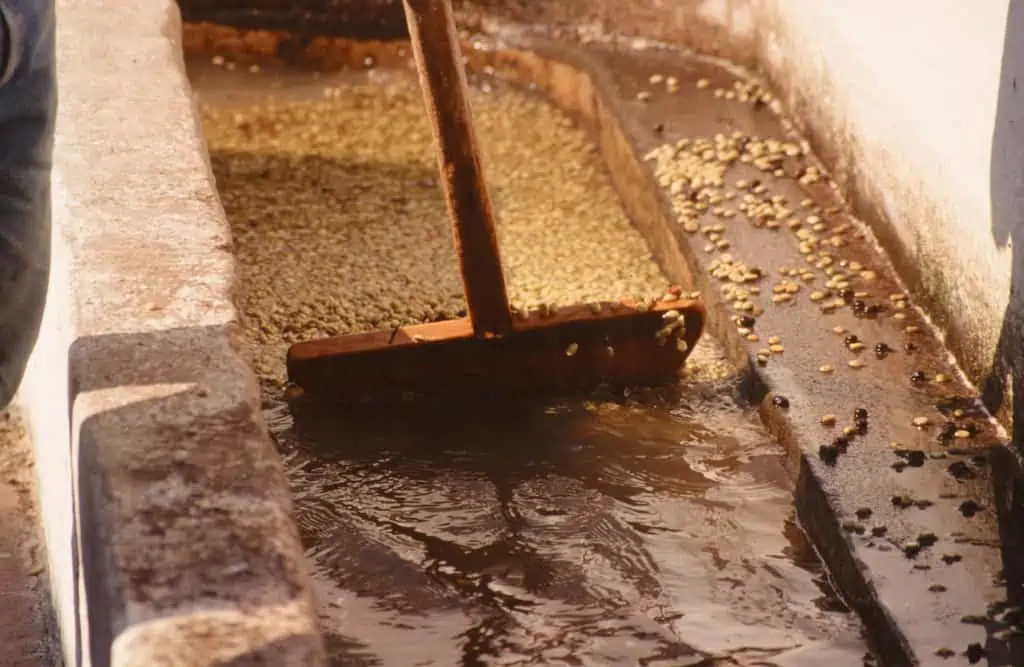
Washing channel at a wet mill in Antigua, Guatemala.
These types not only appeared regularly on the menus of specialty coffee roasters as single origins, but contributed to blends as one of the three pillars of standard “all-Arabica” blends of the period — Colombia for body and intensity, Brazil for softening nut and chocolate (and cost savings), and the Central for light-footed vivacity and a lyrical lift.
I expect that among some coffee drinkers, the classic Central profile remains the archetypal taste of coffee. Both the cup similarities among Central America coffee types and their relatively subtle differences arose from the same sources. Similar because of similar processing methods (fruit removal by ferment and washing before drying the beans) and similar tree varieties (all derived ultimately from a few trees brought from Yemen to the rest of the world in the early 18th century). Their differences? Variations in details of processing and differences among those closely related tree varieties: sturdy, straightforward Caturra in Costa Rica, more complex and variable Bourbon in El Salvador, for example. Plus, there was consensus all along the supply chain — from growers to coffee mills to exporters to importers and roasters — about how each of these regional variations on the Central America cup should taste, and all of the actors in the supply chain supported these variations on a theme through their choices.
The Different Overtakes the Classic
Those who have followed the high end of the specialty coffee market over the last decade know roughly what happened to change all that. Above all, a new enthusiasm for the different and striking among specialty roasters and their customers: We want Ethiopias because they are more intensely floral and fruit-toned than those regular old Centrals. We want dried-in-the-fruit or natural processed coffees because they are big, fruity and often alcohol-toned. We want honey-processed coffees because they taste different and “anaerobic” coffees fermented in oxygen-depriving tanks and bags because they taste even more different.
This trend toward cup differentiation has been abetted by accidents of history: by the rediscovery of the extraordinary Geisha variety growing in Panama in 2004, for example. True Panama Geishas made a classic Central America cup produced from trees of the familiar varieties grown in Central America like Typica, Caturra, or even Bourbon taste a little like a coffee version of Budweiser or an art-opening white wine. Then, add all of the new processing wrinkles — naturals, honeys, etc. — to the already strikingly different-tasting Geisha, and you have a range of coffee expressions almost calculated to make the classic Central America washed cup seem, well, forgettable.
Abetted by Rust and Low Prices
All of this change was intensified by a succession of disastrous developments at origin in Central America and Mexico: First, the coffee leaf rust epidemic starting in 2012, which drastically reduced production while outright destroying entire coffee farms and districts. On the back of the rust came a catastrophic decrease in price paid for — yes, that same benchmark clean Central washed coffee type, a type that has added life and animation to premium blends for decades. In 2020, farmers are likely to be paid around $1 to $1.50 per pound for such clean, standard coffees, an outrageous price, given that in 1997 (based on statistics published by the International Coffee Organization) they were paid an average of $1.89 per pound for that same coffee type. If we figure in an inflation rate of 3% per year, they should be paid somewhere around $3.60 per pound for this meticulously prepared coffee type rather than the insulting pittance they are getting for it now.
If You Can’t Beat’Em, Join’Em
For those Central America growers committed to continuing to produce coffee rather than switching to fruit or macadamia nuts, the path forward probably looks clear enough: Depart from the orthodox. Start producing coffees that taste different from the washed Central norm. Experiment with new processing methods and tree varieties. Leave high-end commodity coffee behind and plunge into the new specialty coffee world.
As example, take the results of the latest Cup of Excellence (COE) green coffee competition in Costa Rica, once a bastion of the clean, bright, familiar Central America washed cup. Of 26 prize-winning coffees in the 2020 COE competition, only five were washed-process. The others were honey-processed (10), reduced oxygen fermentation/anaerobic-processed (seven) and natural-processed (four). Of the 26 winners, 10 were from trees of the Geisha variety and eight from trees of SL-28 or other varieties first developed in Kenya. That means that only 10 of 26 were produced from the more familiar coffee varieties long grown in Costa Rica.
Finally, this Month’s Theme
Why go into this history? Partly because we hope readers may find it interesting, even important, but also because it introduces, finally, the theme of this month’s tasting report: What is happening today with the familiar, once- and maybe still-beloved classic washed Central America cup?
What options are there for the coffee lover who may be put off by natural-processed coffees that taste like brandied cherries or Ethiopias that taste like perfume, or anaerobic-processed coffees that taste like almost anything, including strawberry yogurt or sweet mushrooms or fresh perspiration?
Hey, where’s my coffee? My real coffee, that tastes like coffee used to?
62 Shots at the Classic
Well, that classic cup is still around, though you may need to look for it among all the natural-processed, honey-processed, whatever-processed variations.
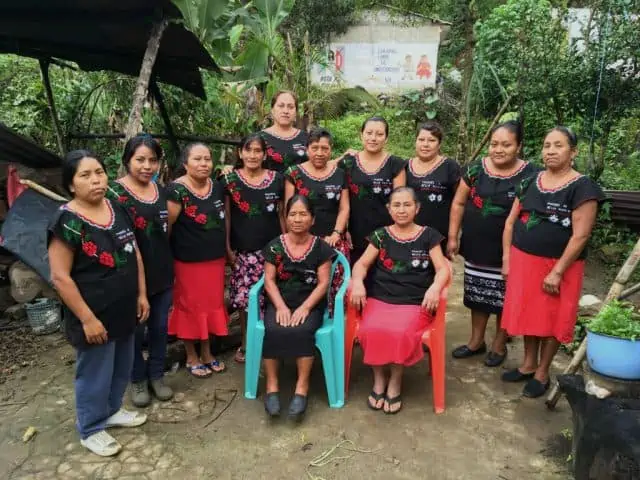
Women from Mayan Village Coffee in Chiapas, Mexico, producers of Mr. Espresso’s 92-point Mexico Mayan Village Women’s Lot. Photo courtesy of Mr. Espresso.
We cupped 62 coffees for this month’s report, all washed-process from tree varieties not named Geisha, meaning that these samples were as close as we could get through description alone to the familiar classic washed cup of Central America and Mexico. Of the 62 samples we tested, four were from Mexico, six each from El Salvador, Costa Rica, Panama and Nicaragua, 10 from Honduras, and an impressive 24 from Guatemala.
Fifteen of the 62 attracted ratings of 92 or higher. One sample, the El Salvador Santa Elena Pacamara, topped the ratings at 94. Six more excellent samples came in at 93 (three Guatemala, two Honduras and one El Salvador), and eight more at 92 (three Guatemala, two Honduras, and one each from El Salvador, Costa Rica and Mexico).
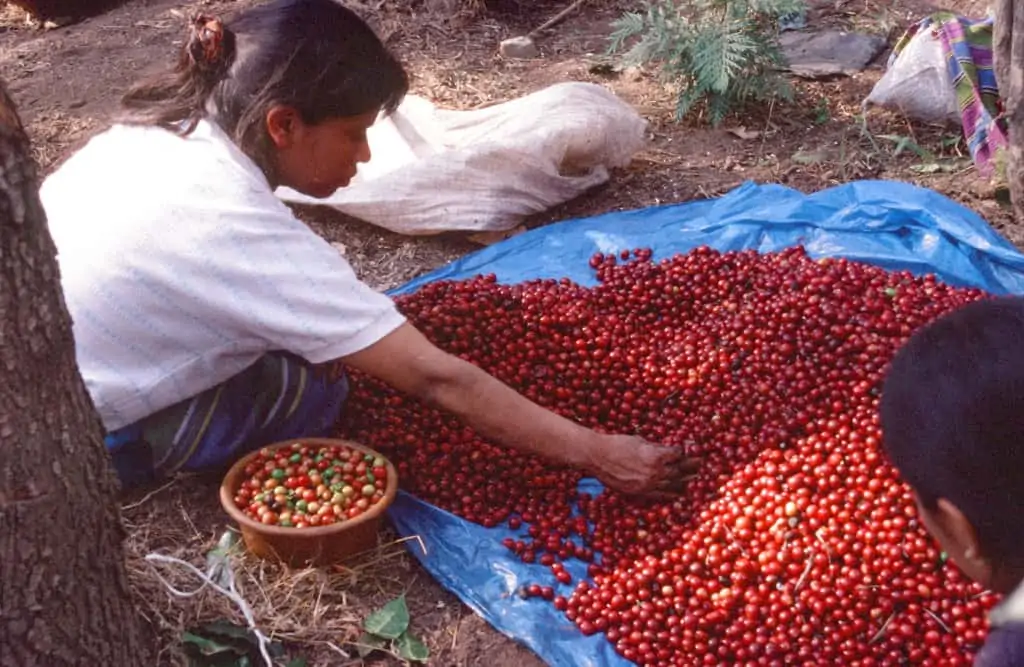
Women sorting coffee cherry in Antigua, Guatemala.
The fact that we received the highest number of classic washed samples from Guatemala and Honduras should be no surprise for industry insiders since, for different historical reasons, these two origins tend to be more traditional than other Central American industries, with a bit less emphasis on experiment and change. Guatemala, in particular, has been inclined to stick with respected old-fashioned tree varieties (Bourbon, Caturra) and traditional washed processing methods, one of the reasons presumably that we received 24 qualifying samples from Guatemala and six of them did particularly well at 92 to 93. Honduras has generally remained loyal to traditional processing methods, but those methods are largely applied to disease-resistant hybrid varieties not known for their distinctive cup character. Nevertheless, we reviewed two outstanding Honduras samples at 93 and two more at 92.
However, Costa Rica and Panama have pretty much gone all-out for experiment and change, largely leaving the traditional washed cup behind. We did receive six qualifying samples from Panama, one of which nosed up toward 92, but the focus of the Panama industry today appears to be alternative processing methods and, above all, Geisha, Geisha and Geisha. In Costa Rica, owing mainly to environmental regulations that make traditional washed processing too expensive for small producers, processing variations are the rule, regardless of variety. Costa Rica, in particular, has led the recent innovations in honey processing (removing the skins from the beans but drying them inside all or most of the fruit flesh). The success of the six El Salvador samples (one each at 94, 93 and 92) is most likely founded on El Salvador producers’ continued loyalty to distinguished tree varieties: Bourbon, Pacamara, and, increasingly, varieties introduced from Kenya.
Half-Full, Half-Empty
For the hypothetical lover of the classic Central America cup, these results suggest a glass either half-full or half-empty.
From the half-empty perspective, those samples we did not review, those that came in in the middle ranges of 88 through 90, say, were satisfactory enough, solid coffees, but lagged mainly because they didn’t have enough aromatic complication, or weren’t juicy and lively enough in acidity and structure. They were poised but too plain. Rather than expressing a transcendent balance that comes from a surprising surfeit of the familiar, they just came across as, well, familiar.
But from the half-full point of view, there were plenty of balanced, bright, vivacious cups among those we reviewed, many with deepening savory underpinnings, all subtly different but reassuring familiar in their broad coffee expression.
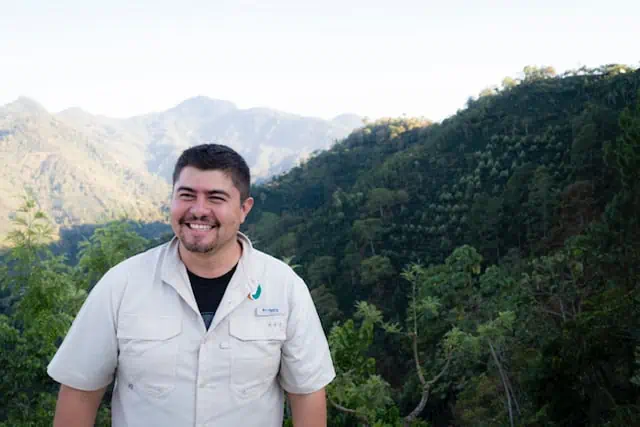
Fredy Morales of Finca Rosma in Guatemala’s Huehuetenango Department. Courtesy of Corvus Coffee.
Glance through the reviews and you will see an expansive range of sensory excitement, from the tropical orchid and tamarind lean of the Corvus Guatemala El Plan Rosma (93) to the savory chocolate and spice of Kaldi’s Guatemala Carlos Rivas (93) to the deep-toned, pineapple-centered fruit of the Atom Guatemala Bella Carmona (93). In structure, there are more commonalities than differences, but pleasing ones. Often a tendency toward the classically bright and juicy is juxtaposed against a savory depth, frequently complicated by spice or aromatic wood (GK El Salvador Santa Elena Pacamara, 94). With other samples, a brightly juicy structure flat-out drives the cup from the get-go (Triple Coffee Olvin Valle Honduras, 93; Bird Rock El Salvador Las Mercedes La Avila, 93).
These are all variations on the great classic cup of Mexico south to Panama, a cup that gives us comforting familiarity with quiet, though limitless variation. May it endure.










